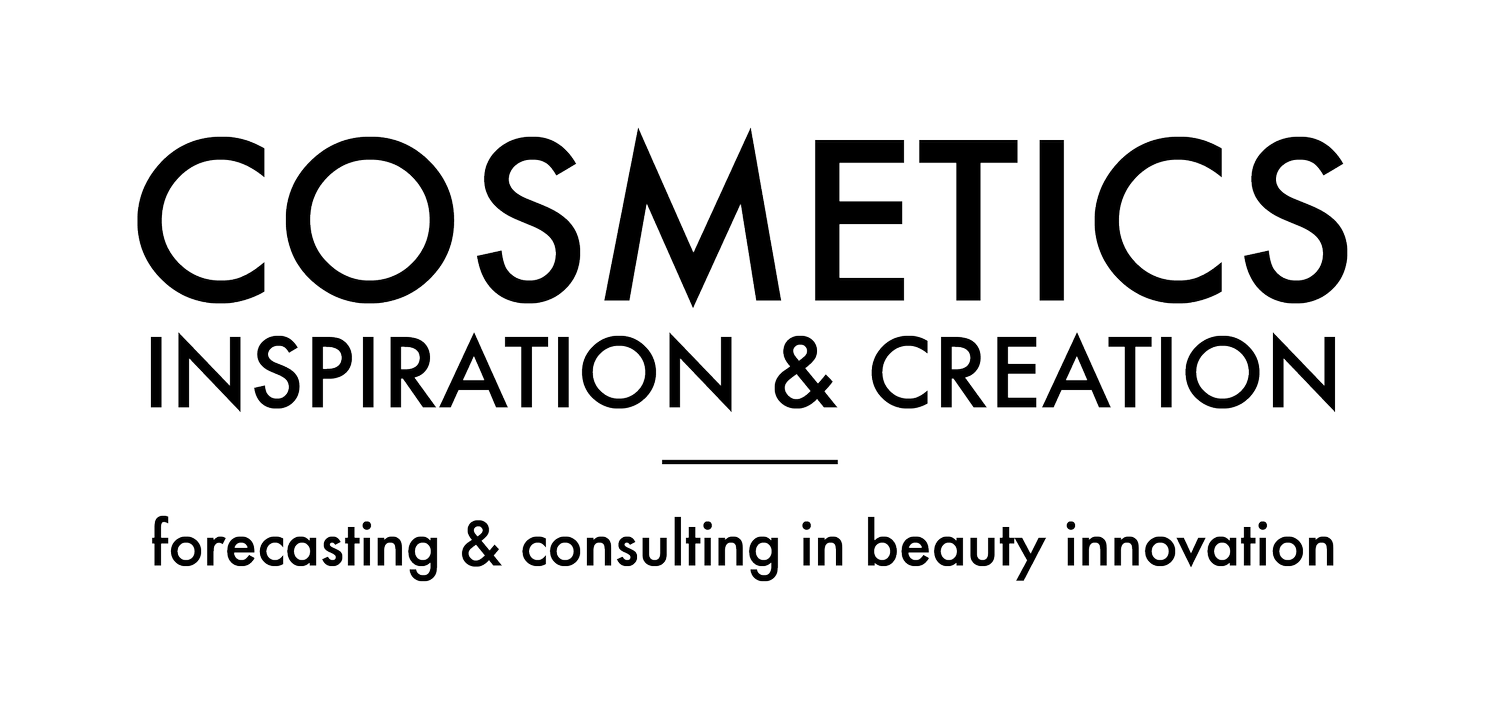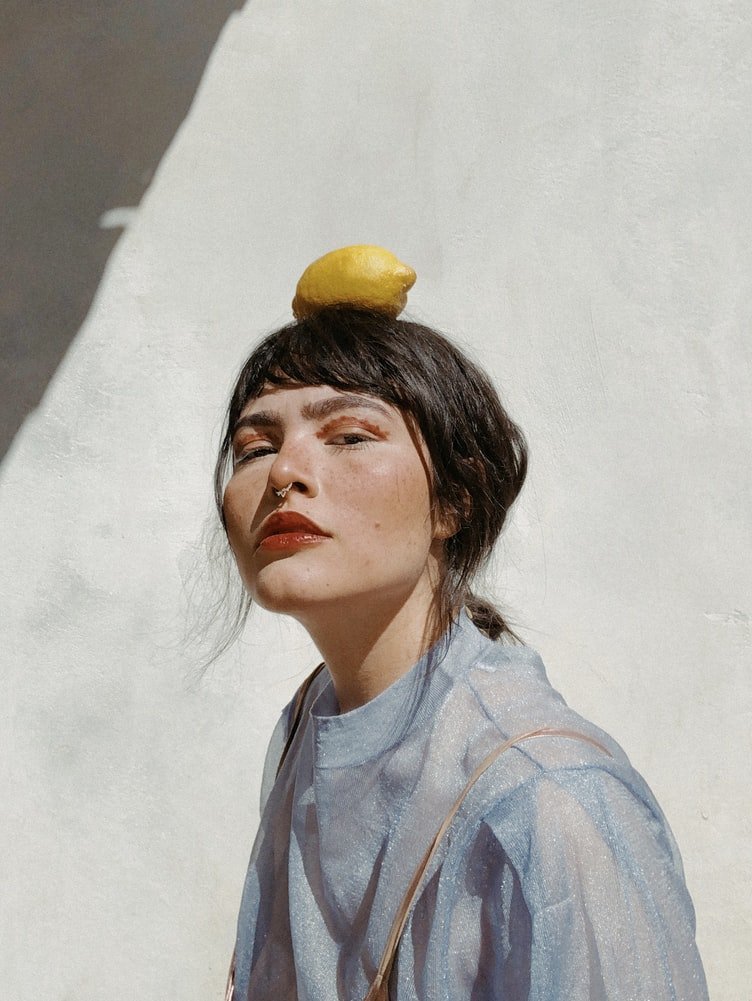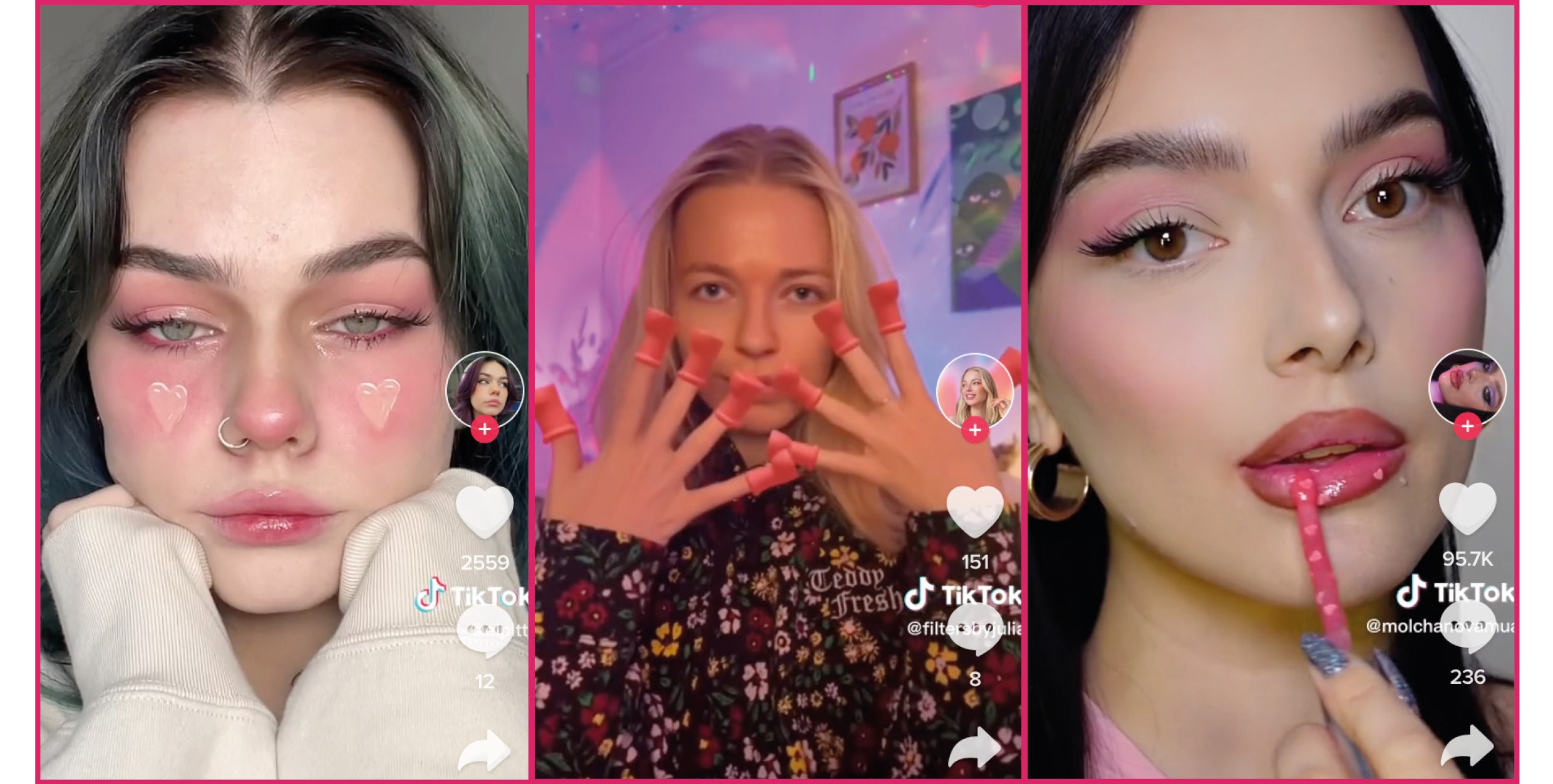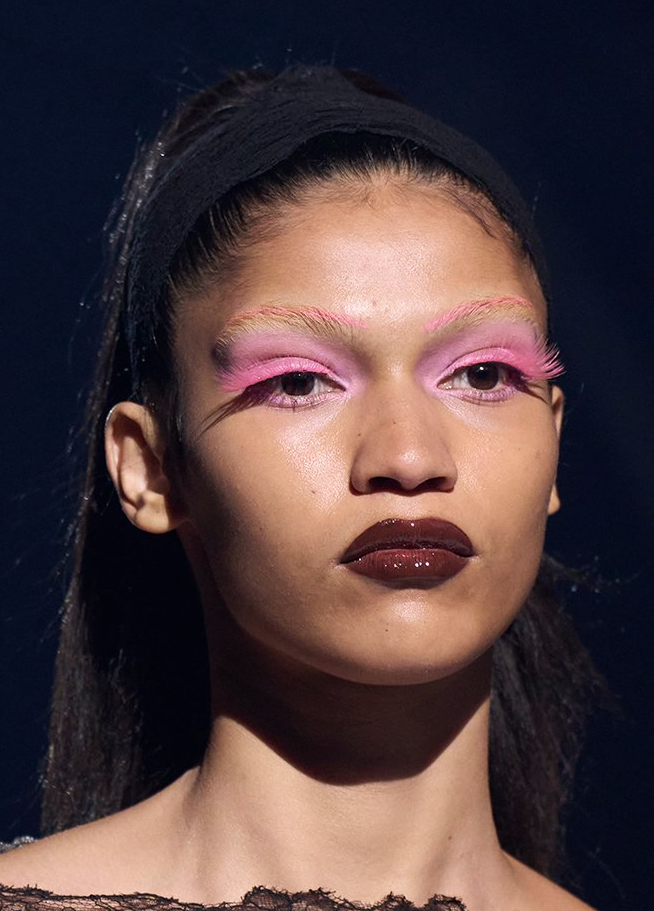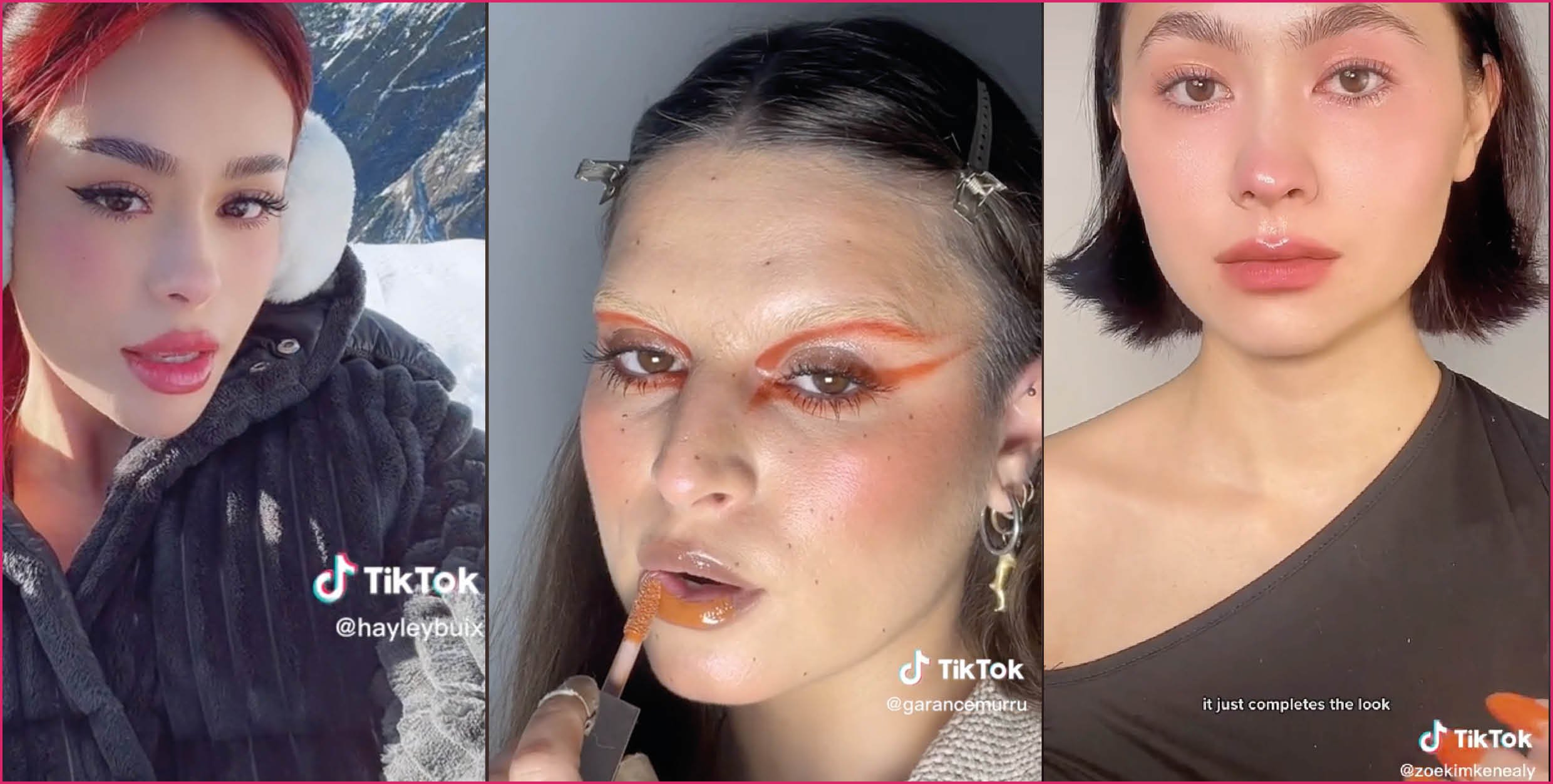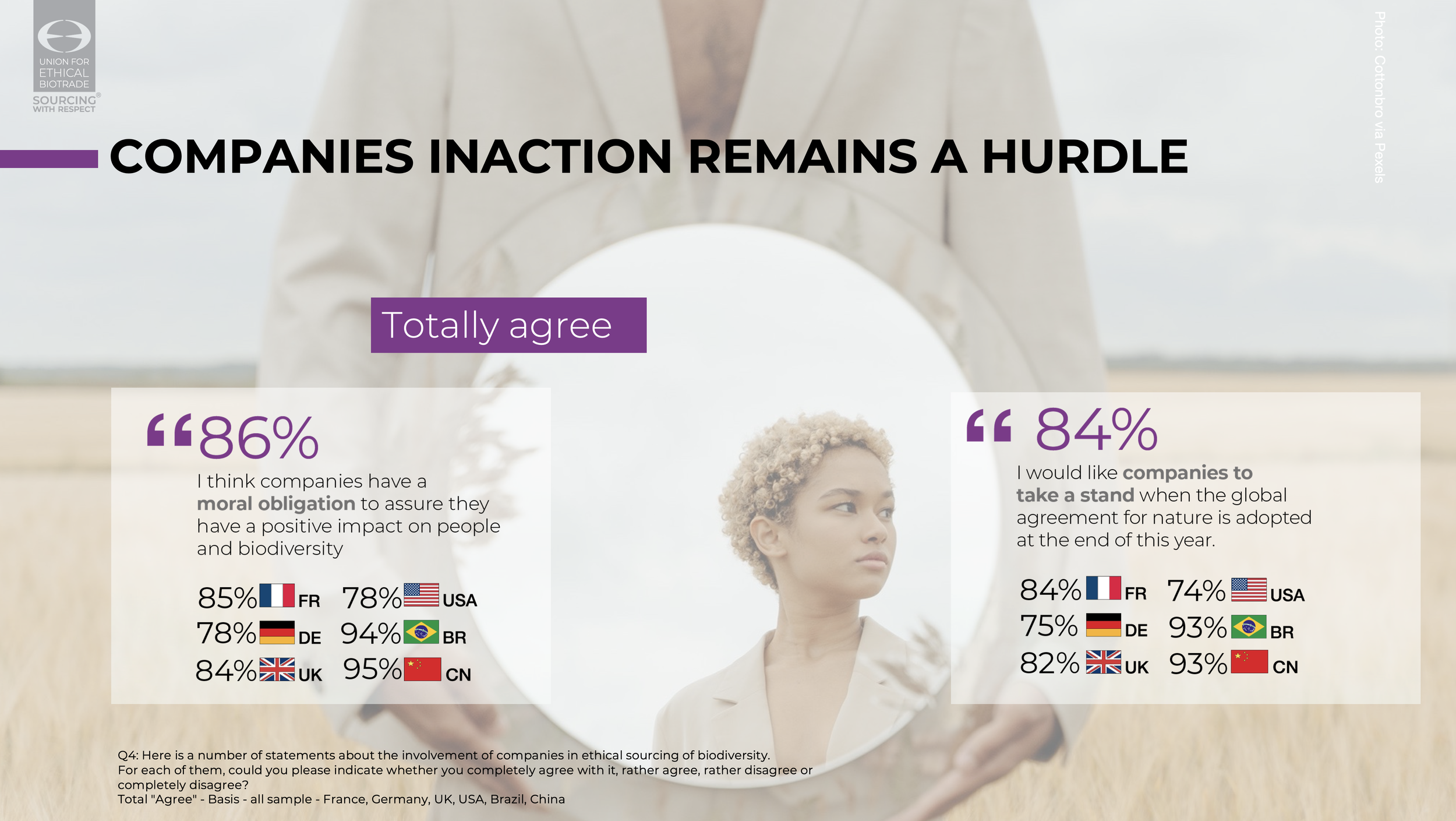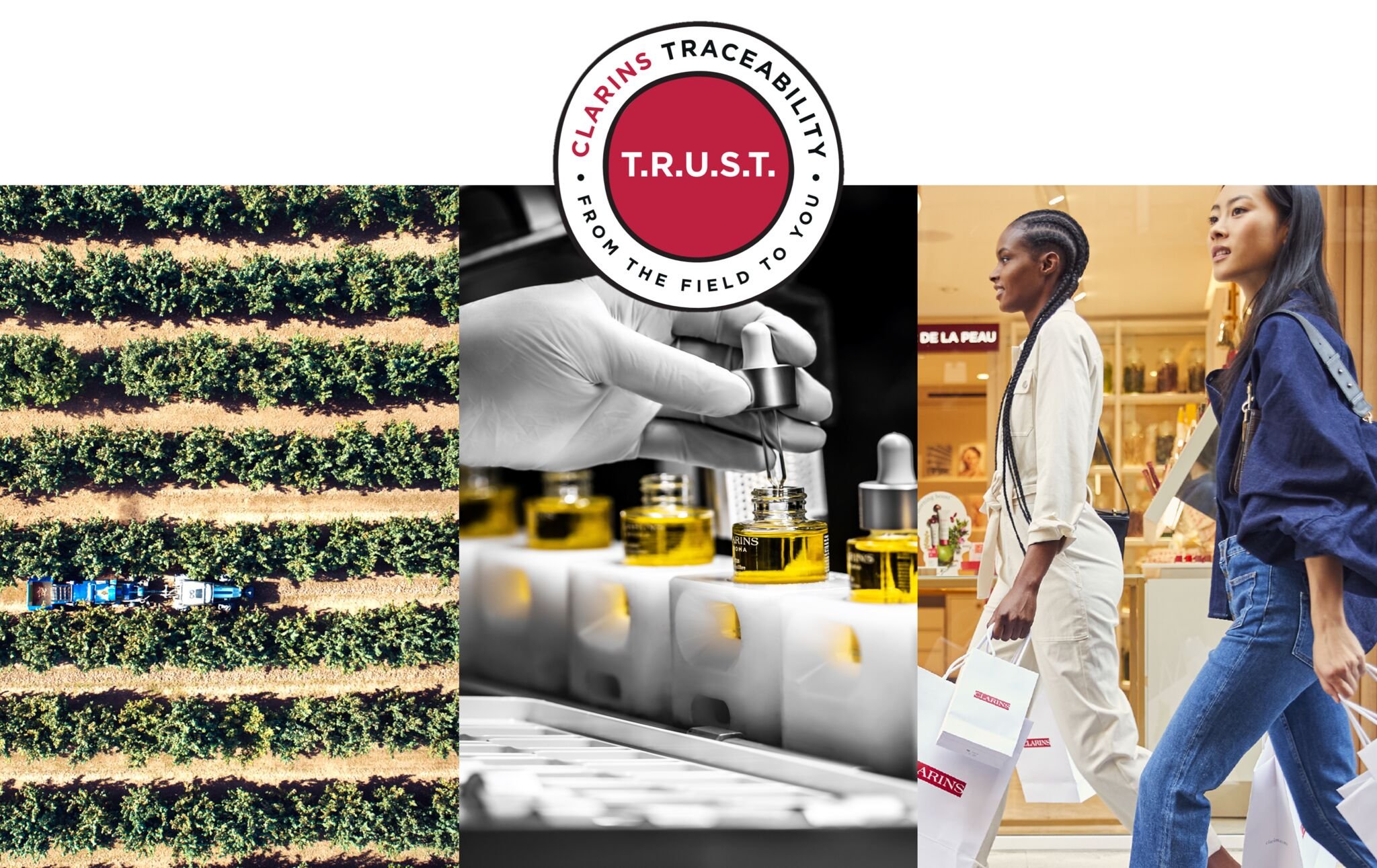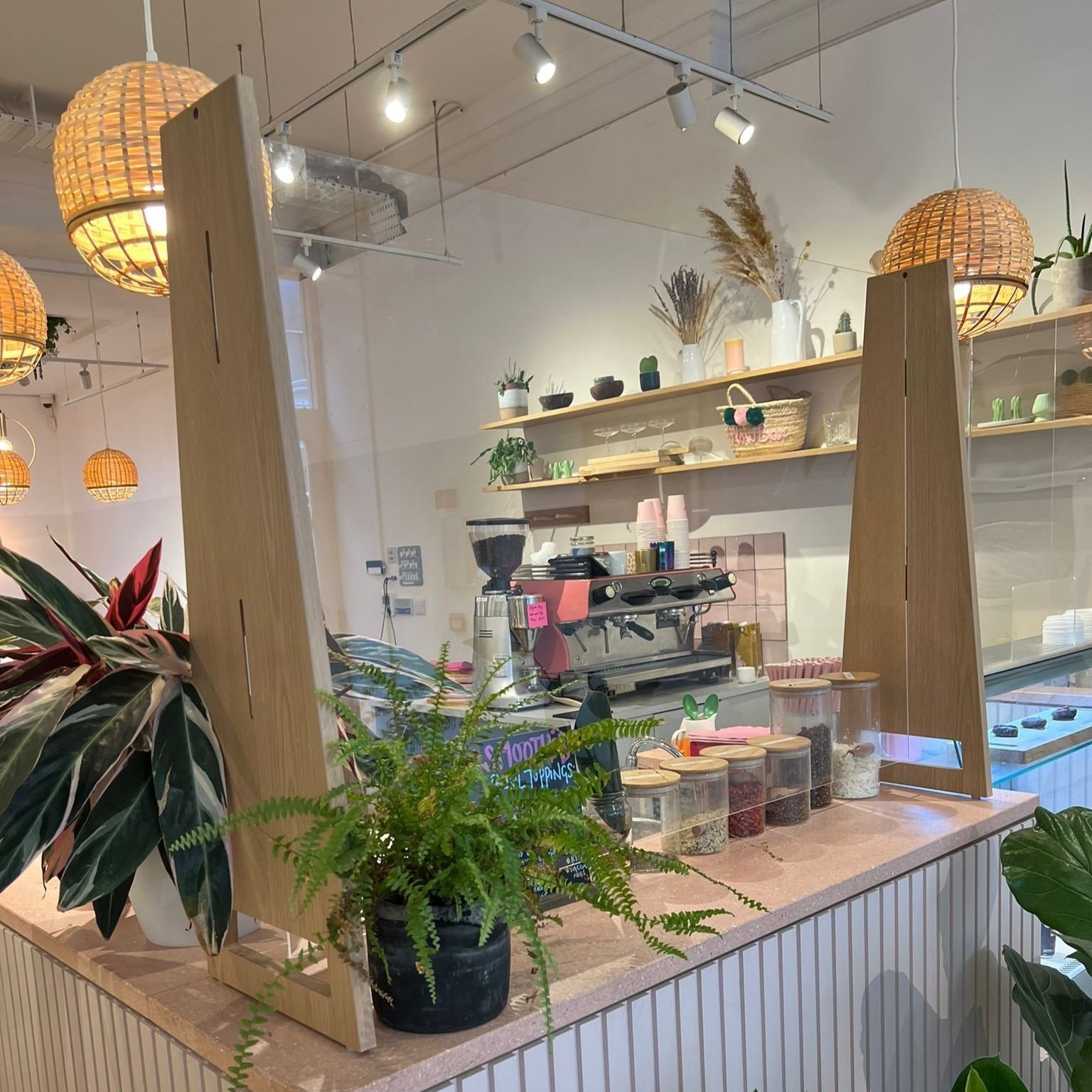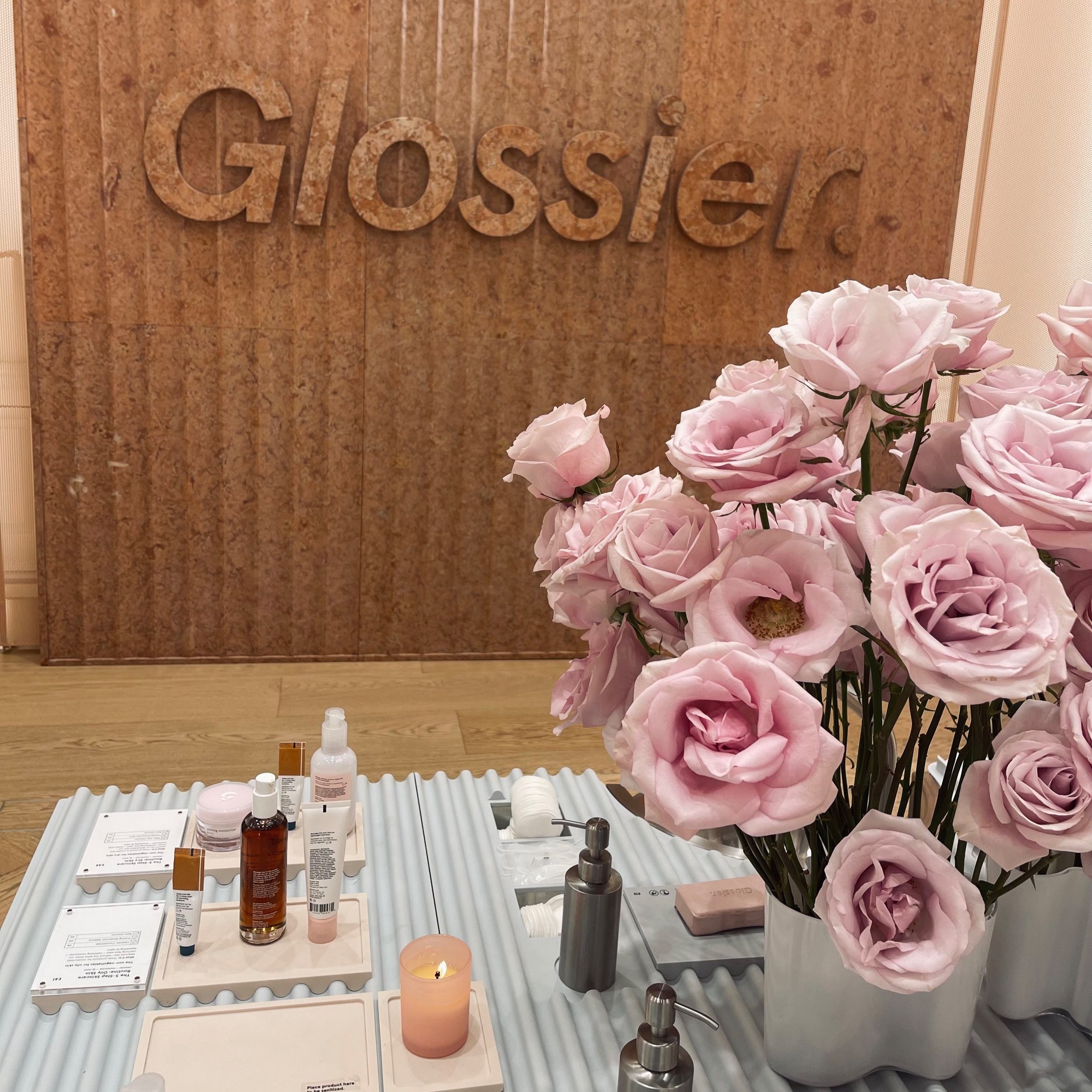Source: Pleasing x Marco Ribeiro
Thanks to an influx of TikTok creators, the male makeup category is finally having its moment. Fuelled by the boom in #GRWM (Get Ready With Me) videos, men are more comfortably - and confidently - experimenting with colour cosmetics. In a short period of time, the trend for male makeup has shifted from the red carpet to the shelves of High Street retailers.
Our agency’s latest US Makeup Inspiration book: Beauty’s New Manifesto, explores this new arc of masculine beauty, defined not by an aesthetic ambiguity but by an embracing of all male archetypes.
1- Do you want to #GRWM (Get Ready With Me)?
With 96.4B views on TikTok, the #GRWM hashtag has become one of the most popular in the beauty sphere, as creators share their multistep makeup routines with their followers. Its popularity among male users and content creators has accelerated since the pandemic, propelling the normalisation of men-in-makeup and creating strong consumer demand for male-leaning products and messaging.
Male makeup brand Stryx has built a strong TikTok following thanks to its #GRWM content, which is often fronted by its founder Jon Shanahan. Stryx pushes the boundaries of male beauty beyond gender fluidity: videos where a moustached Shanahan shows how to apply makeup often perform better than those featuring men without facial hair. This type of content is helping to propel men-in-makeup into a new space of acceptance.
Key hashtags:
#GRWM: 96.4B views
#mensmakeup: 363.7 million
#boysmakeup: 22M views
2- A Pleasing Sentiment
In our US Makeup Inspiration book, we highlight the continued influence of Harry Styles’ Pleasing. The brand continues to drive a powerful and genderful approach with inclusive visuals that show products against all genders, skintones and ages. Pleasing empowers men to be part of the colour cosmetics conversation.
The brand’s recent collaborations - a makeup range with fashion designer Marco Ribeiro (September 2022) and the Pollinators nail varnish micro-collection (April 2023) - are designed to encourage infinite experimentation through bold colors - whatever your gender.
Taking a leaf from Pleasing’s playbook, Good Weird is a new genderless Gen Z beauty brand (March 2023) founded by two men and fronted by American model, actor and skateboarder Evan Mock. The brand’s hero product is a bronzer stick that comes in a range of skin-inclusive shades.
3- Mainstreaming Masc Beauty
As the momentum behind male makeup gathers pace, High Street retailers and mass market brands are recognising the growing demand for male-focused products.
UK retailer Boots is bolstering its male grooming offer with the introduction of UK indie brand, Shakeup Cosmetics. The range on offer will include an undereye concealer, tinted BB moisturiser and lip-plumping gel. While in late 2022 Rimmel London named Olympic athlete Tom Daley as tit’s first-ever global male beauty ambassador.
The CIC Take
The consumer perception of masculine stereotypes is rapidly evolving thanks to a new era of male beauty icons and the democratization of skincare and beauty, propelled by TikTok. There is an opportunity for brands to be bold and pitch to the growing male market with messages of creativity and freedom of expression.
For more insight into the metamorphosis of the male beauty category, and others, our latest Makeup Inspiration from the US book is available right now. Contact us today for your copy.
